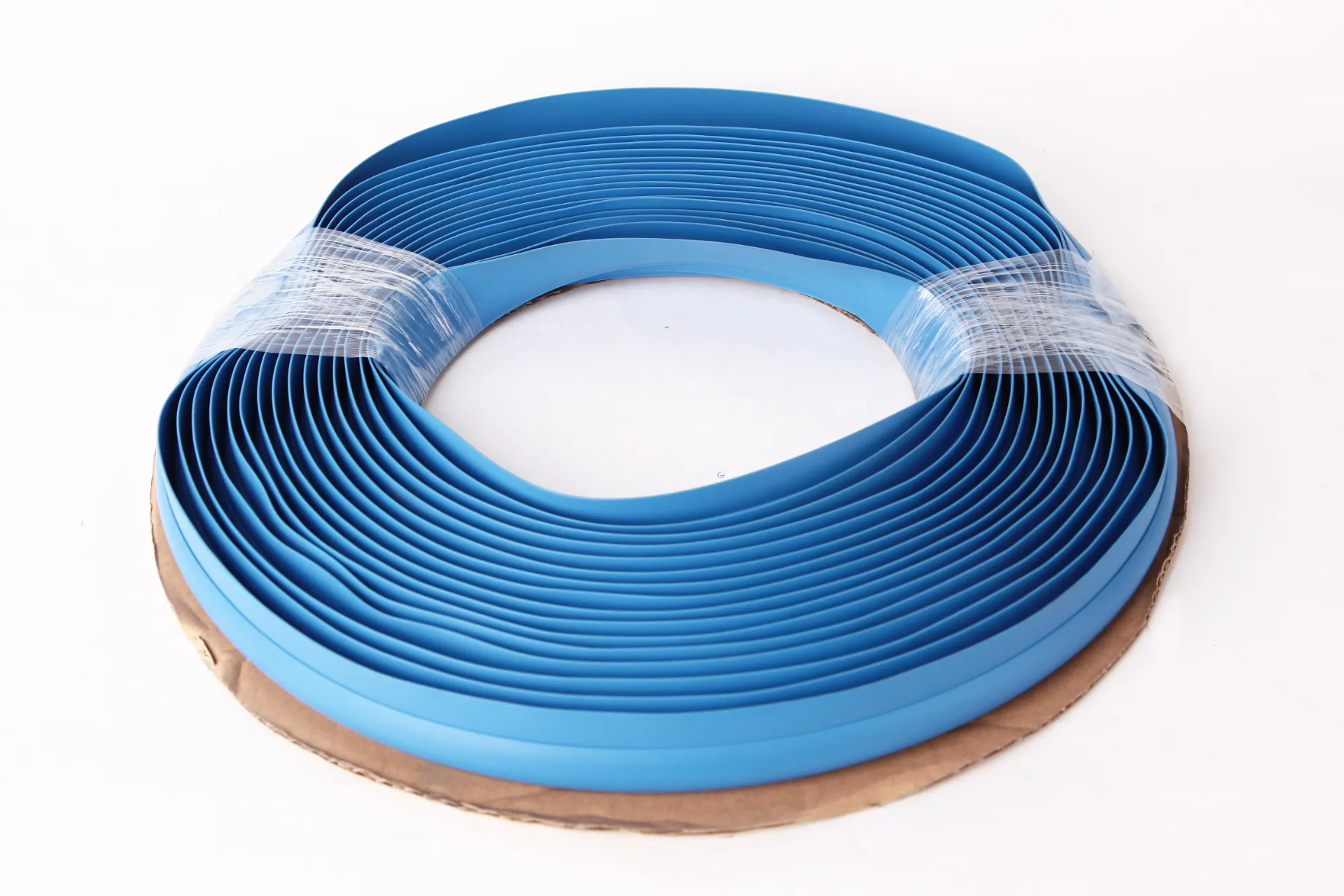Essential Masking Tape for Painters to Achieve Professional Quality Finishes and Clean Edges
The Importance of Masking Tape for Painters
Masking tape, often overlooked in the vast array of painting supplies, is an essential tool for both professional painters and DIY enthusiasts. This simple yet effective product has a multitude of uses that can significantly enhance the quality of a paint job, making it a staple in the painting process. Understanding its importance and proper application can result in cleaner lines, protected surfaces, and ultimately, a more satisfying finished project.
The Importance of Masking Tape for Painters
Moreover, masking tape serves a protective role by shielding surfaces from unwanted paint splatters and drips. Whether you’re painting trim, ceilings, or floors, the risk of overspray is always present. Using masking tape to cover areas that should remain paint-free—such as window frames, doorknobs, or electrical outlets—can save time on cleanup and prevent potential damage. This protective quality of masking tape not only streamlines the painting process but also ensures that the final result is polished and professional.
masking tape for painters

Another benefit of masking tape is its versatility. It comes in various widths and types, catering to different painting needs. For example, some tapes are designed for delicate surfaces, like freshly painted walls or wallpaper, and can be removed without damaging the underlying material. Others are more robust and suitable for textured surfaces or outdoor projects. This variety allows painters to select the appropriate tape for their specific application, ensuring optimal results.
In addition to its practical uses, masking tape is also an economical choice for painters. It is relatively inexpensive, especially when considering the potential for saved time and the improved quality of the paint job. By investing in a high-quality masking tape, painters can achieve results that might otherwise require additional coats of paint, touch-ups, or even complete rework. This cost-effectiveness makes masking tape a must-have in any painter's toolkit.
When applying masking tape, a few best practices can enhance its effectiveness. First, ensure that the surface is clean and dry before applying the tape. Dust, dirt, or moisture can prevent the tape from adhering properly, leading to paint bleed and unsatisfactory edges. Second, when removing the tape, do so slowly and at an angle to minimize the risk of peeling paint from the edges. This careful removal technique helps preserve the clean lines that the tape was intended to create.
In conclusion, masking tape is an indispensable tool for painters that plays a crucial role in achieving high-quality, professional-looking results. Its ability to create clean lines, protect surfaces, and adapt to various applications makes it a favorite among both amateur and experienced painters. By incorporating masking tape into the painting process and utilizing it effectively, one can significantly enhance the quality of their projects while enjoying a more efficient painting experience. Whether you are refreshing a room in your home or tackling a larger commercial project, never underestimate the power of masking tape in achieving your vision.
-
SPC FlooringJun.24,2025
-
Bathroom Wall CoveringsJun.24,2025
-
Why Dry Back LVT Flooring Is the Smart Choice for Modern InteriorsJun.05,2025
-
Transform Your Interiors with Elegant Luxury Vinyl Flooring OptionsJun.05,2025
-
The Rise of SPC Vinyl Flooring: A Modern Solution for Durable and Stylish SpacesJun.05,2025
-
Click LVT Flooring: The Perfect Blend of Style, Strength, and SimplicityJun.05,2025




